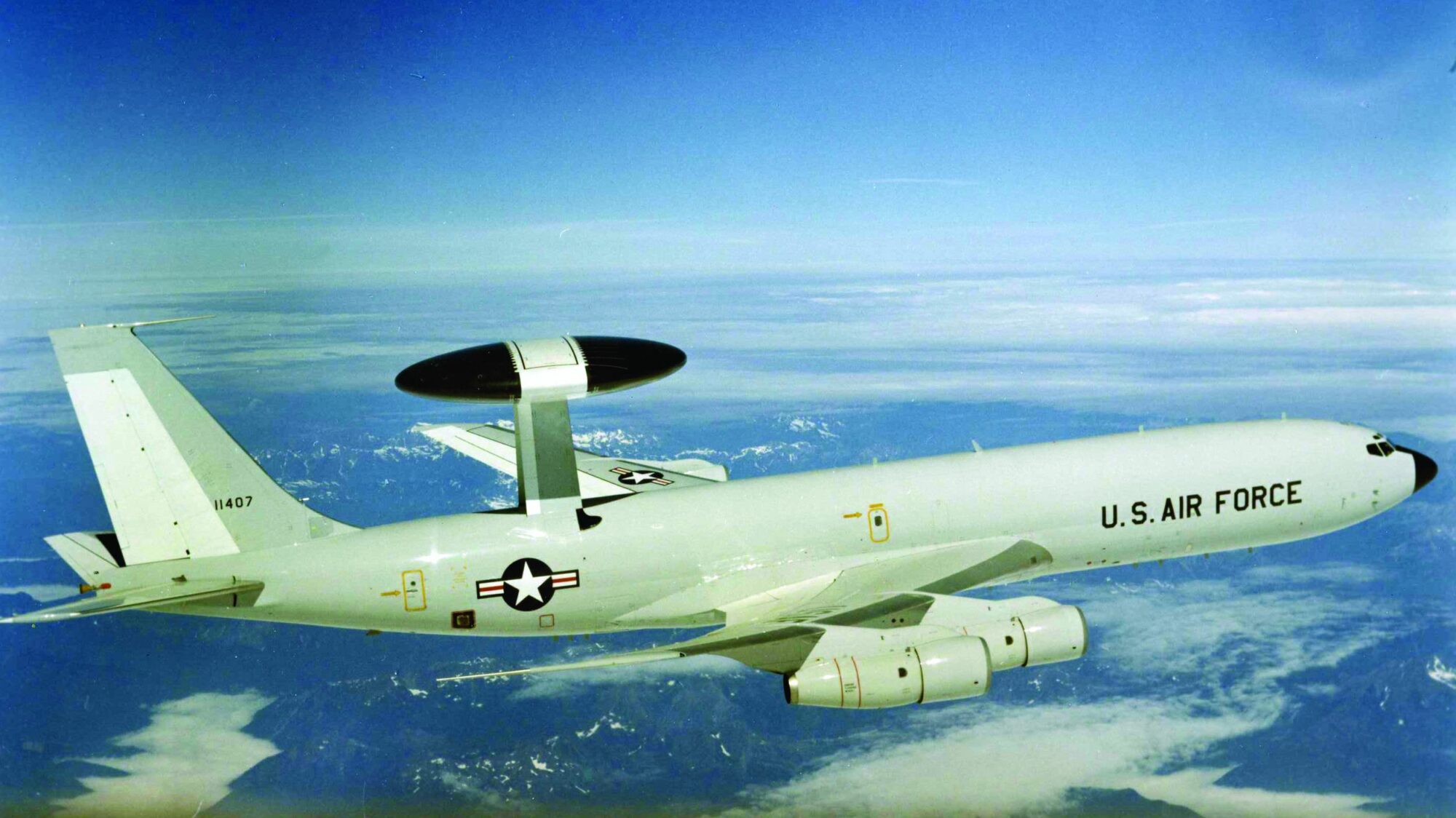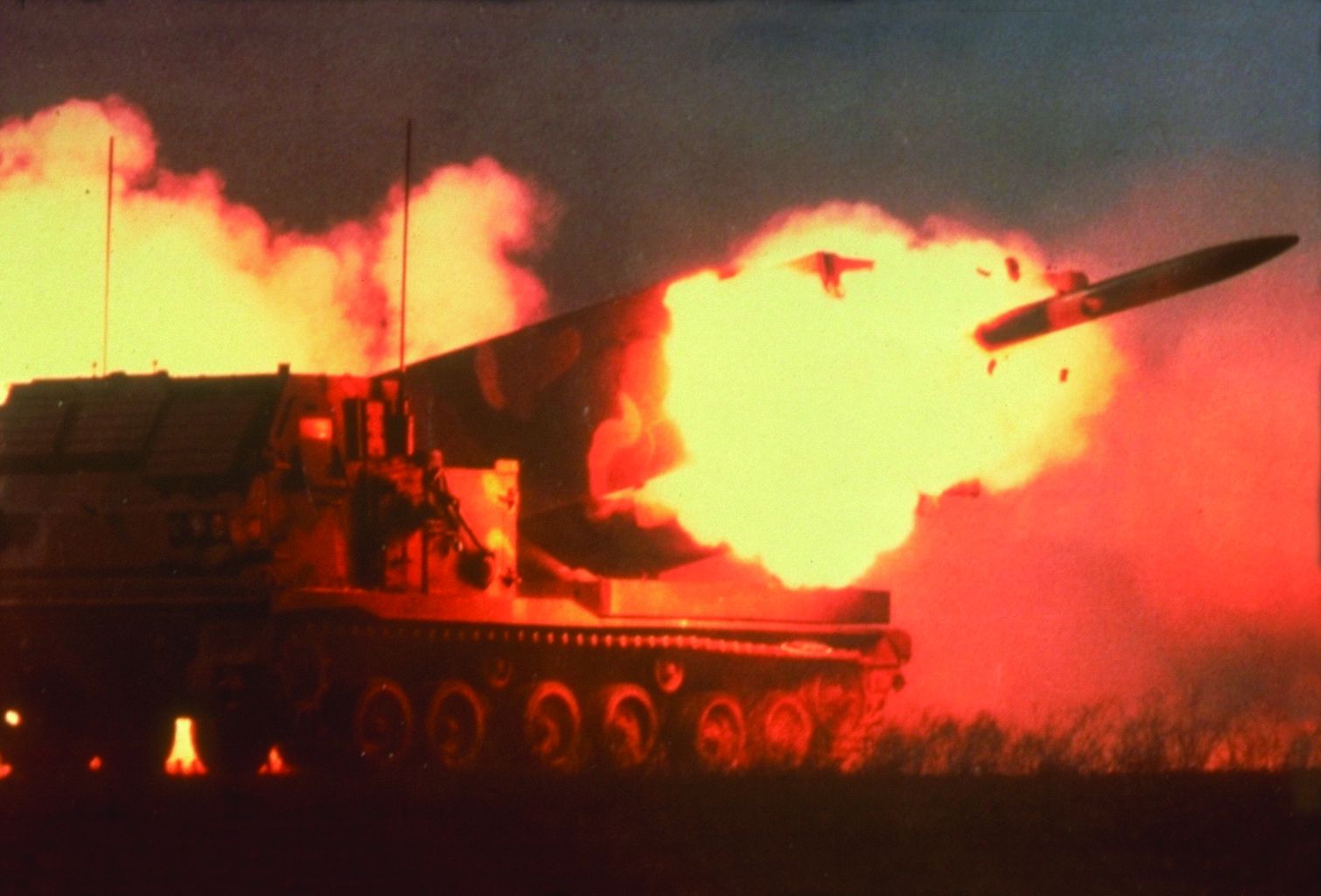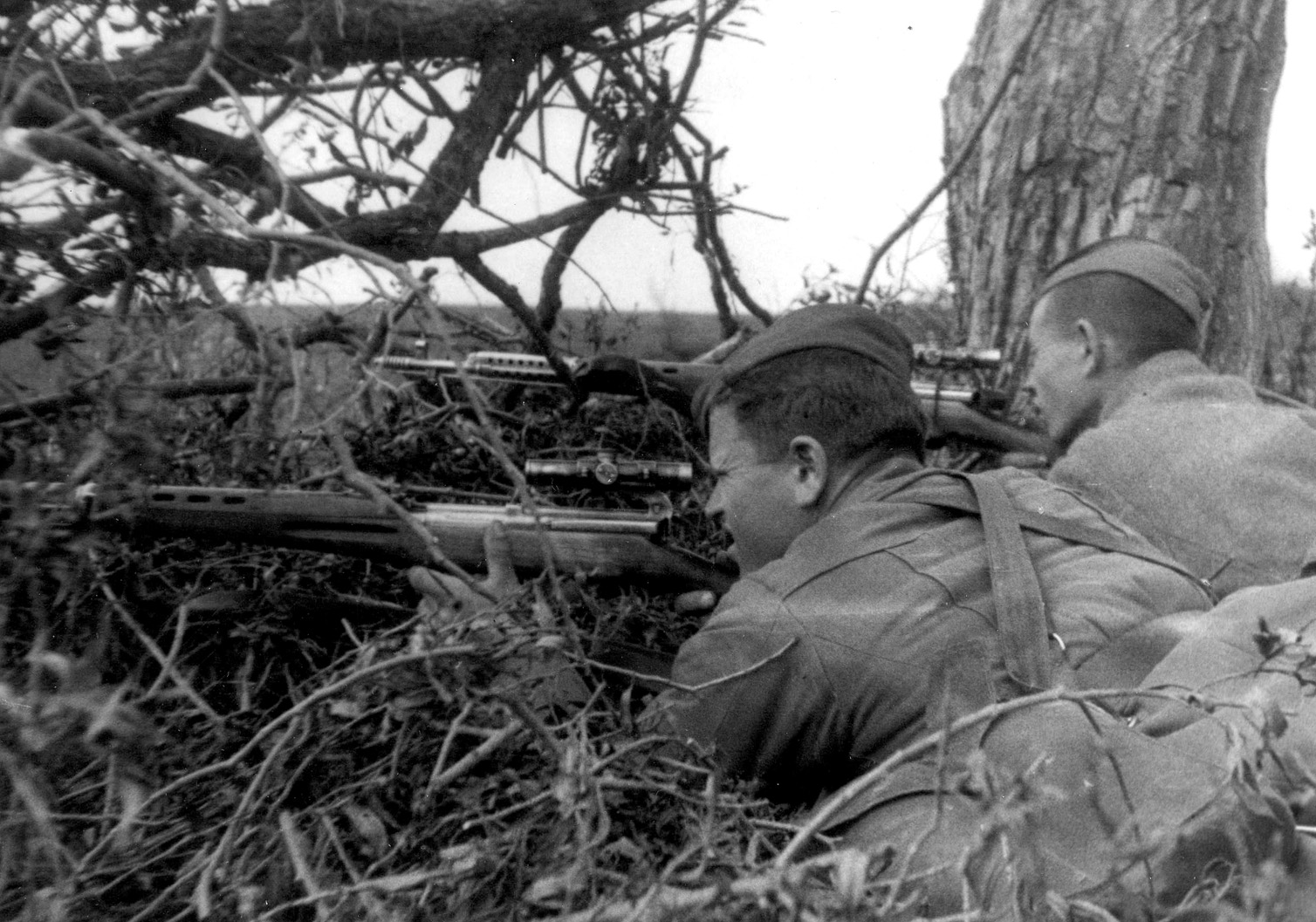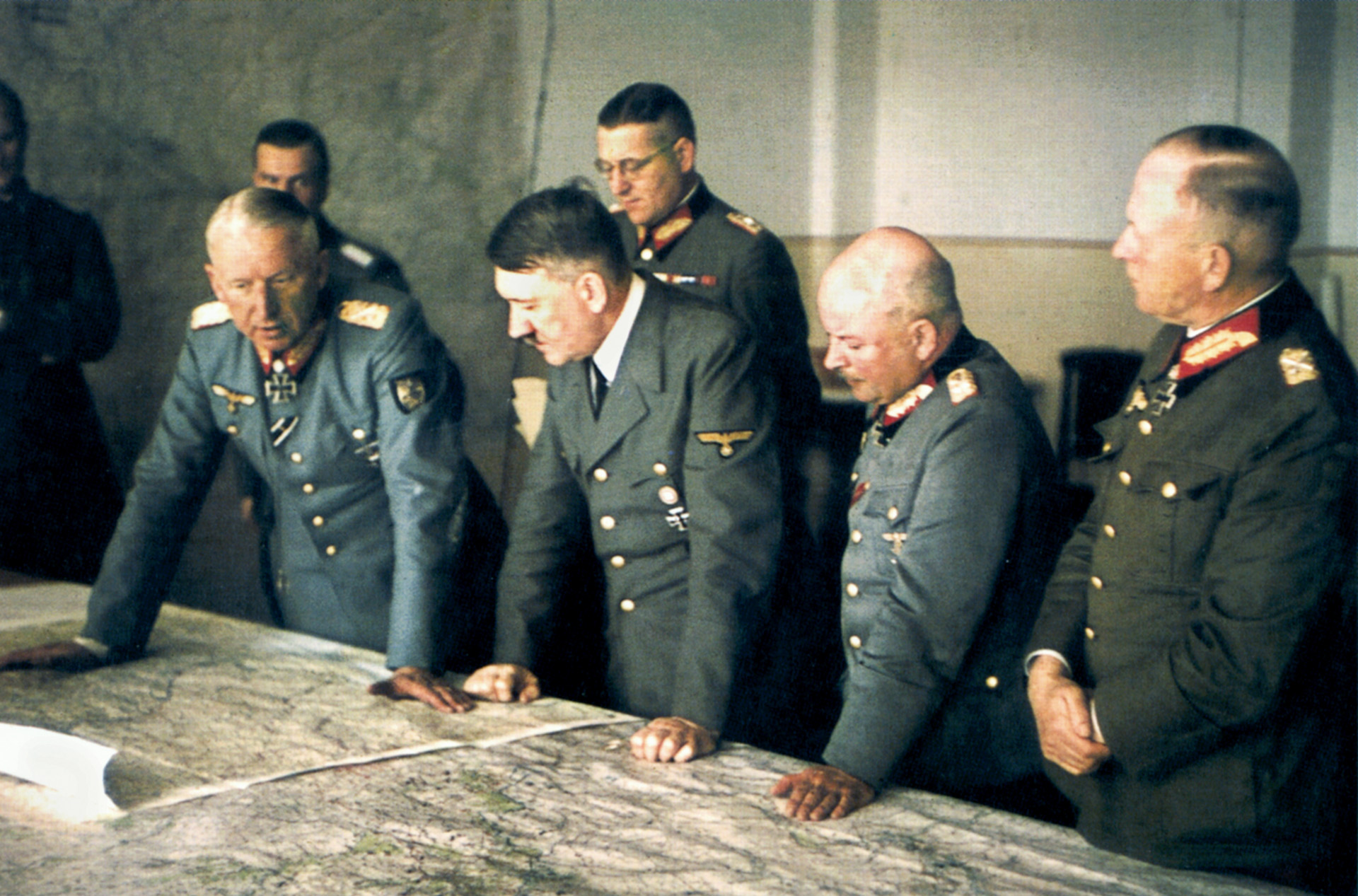By Ken LaFayette
The year 2007 marked the 30th anniversary of the E-3 Sentry’s Airborne Warning and Control System (AWACS) service to the United States Air Force. Originally conceived as a way of overcoming the line-of-sight limitations of ground-based radar systems, the E-3 development program produced the preeminent airborne warning and control system in the world. Its arrival heralded a new philosophy in airborne combat and changed forever the concept of airborne battle management.
The history of the E-3 Sentry began when the Air Force realized that it needed a worthy successor to the EC-121 Constellation surveillance platform. The Air Force opened competition between Boeing Aerospace and McDonnell-Douglas to expand on the EC-121’s capabilities. After several trials and competitions, the Air Force awarded the contract to Boeing Aerospace.
First Flight, First Hurdles
In the 1970s, the E-3 concept began to take shape. Boeing conducted initial flight tests with competing radar packages from Hughes Aircraft Company and Westinghouse Electric Corporation. The primary obstacle was the inability of the radar-computer system to “look down” and separate aircraft signatures from surrounding ground clutter. Using the pulse-Doppler principle, the Westinghouse radar performed well enough for the Defense Systems Acquisition Review Board to continue with the development program.








Join The Conversation
Comments